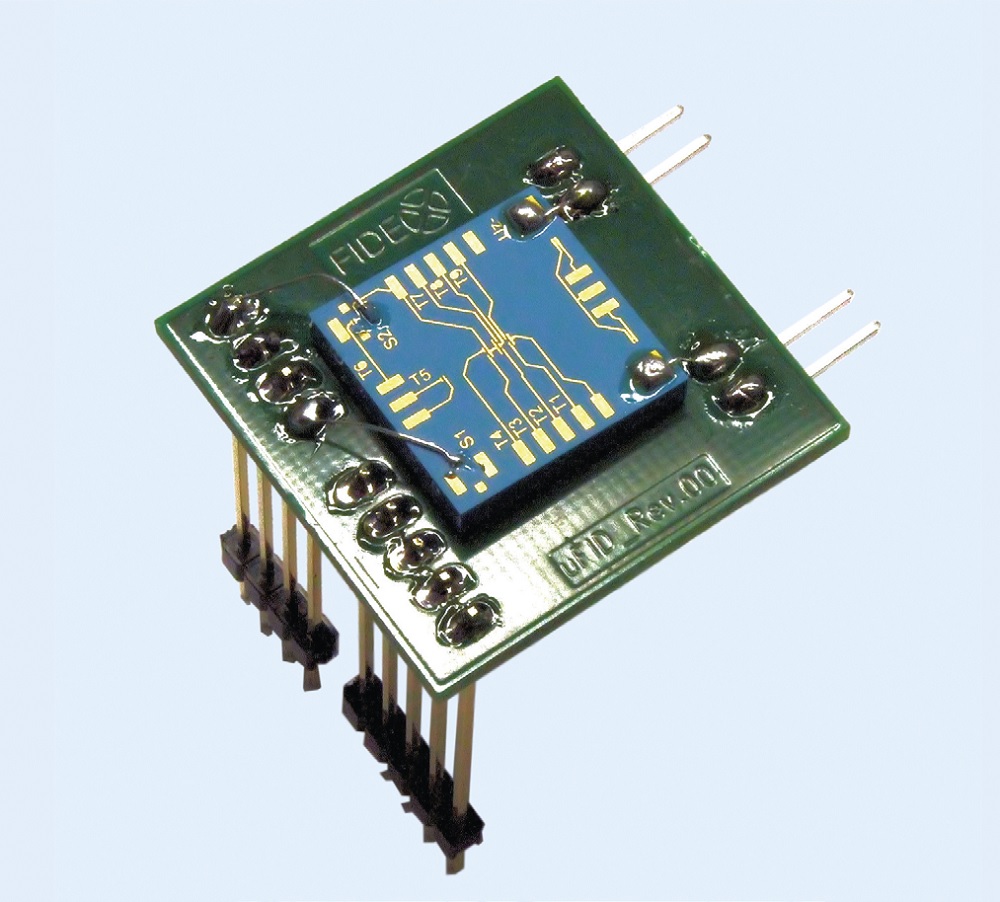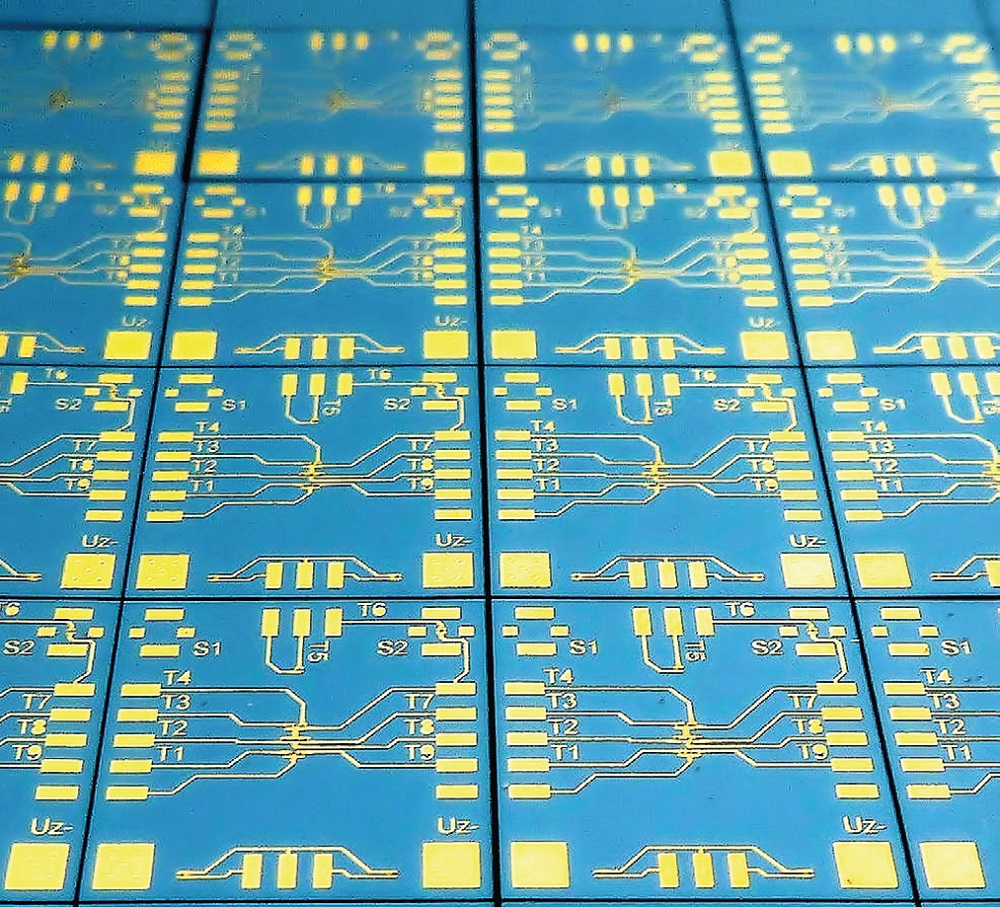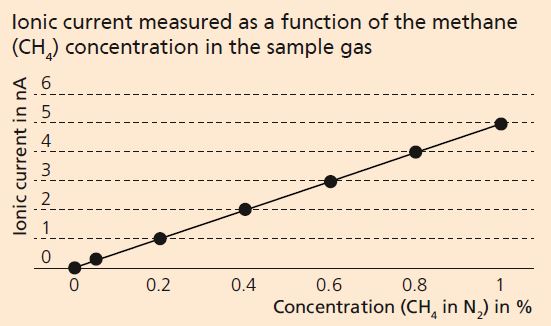
Miniaturized detector in ceramic LTCC technology for early warning systems
Current research




There is a growing trend toward comprehensive decentralized monitoring and recording of environmental, process, and status information. This requires sensor systems with reduced consumption of operating materials, high robustness, and low maintenance requirements. Fraunhofer IKTS investigates and develops microsystem applications utilizing LTCC and HTCC ceramic multilayer technologies. These technologies enable precise integration of micrometer-scale functional structures into monolithic ceramic housings. The microsystems thus created are characterized by high chemical and thermal robustness as well as a high functional density and can be fabricated at low cost in large quantities.
Within the scope of the BMBF-funded research project “FIDEX“ (#13N13271), Fraunhofer IKTS is developing an early warning system for municipal sewer networks in cooperation with partners from industry and research as well as operators. This system provides a higher level of protection to the general public and the infrastructure against the formation of explosive atmospheres in the sewer system. The core of this system is made up of a miniaturized flame ionization detector (FID) used to determine the total hydrocarbon concentration in the sewer atmosphere. The low detection limit combined with the low cross-sensitivity of the FID enables monitoring of hydrocarbon concentrations far below the lower explosion limit (LEL). Thus, the operator can take adequate countermeasures early enoughto avoid catastrophe. Utilizing LTCC technology enables all fluidic and electrical structures of the FID to be integrated into a (15 by 15) mm2 ceramic chip. The required combustion gases (H2 and O2) are supplied via buried channels in a combustion chamber and are ignited by means of an electrical discharge. The resultant hydrogen flame ionizes the hydrocarbons in the sample gas. An electric field collects the ions and generates an ionic current proportional to the hydrocarbon concentration. Due to the locally concentrated mixture of combustion gases and the small dimensions of the fluidic structures, only low combustion gas flows (10 ml/min H2) are required for continuous operation of the system. This property additionally qualifies the detector for use in portable or autonomous sensor concepts extending to field gas chromatography.
Supported by

